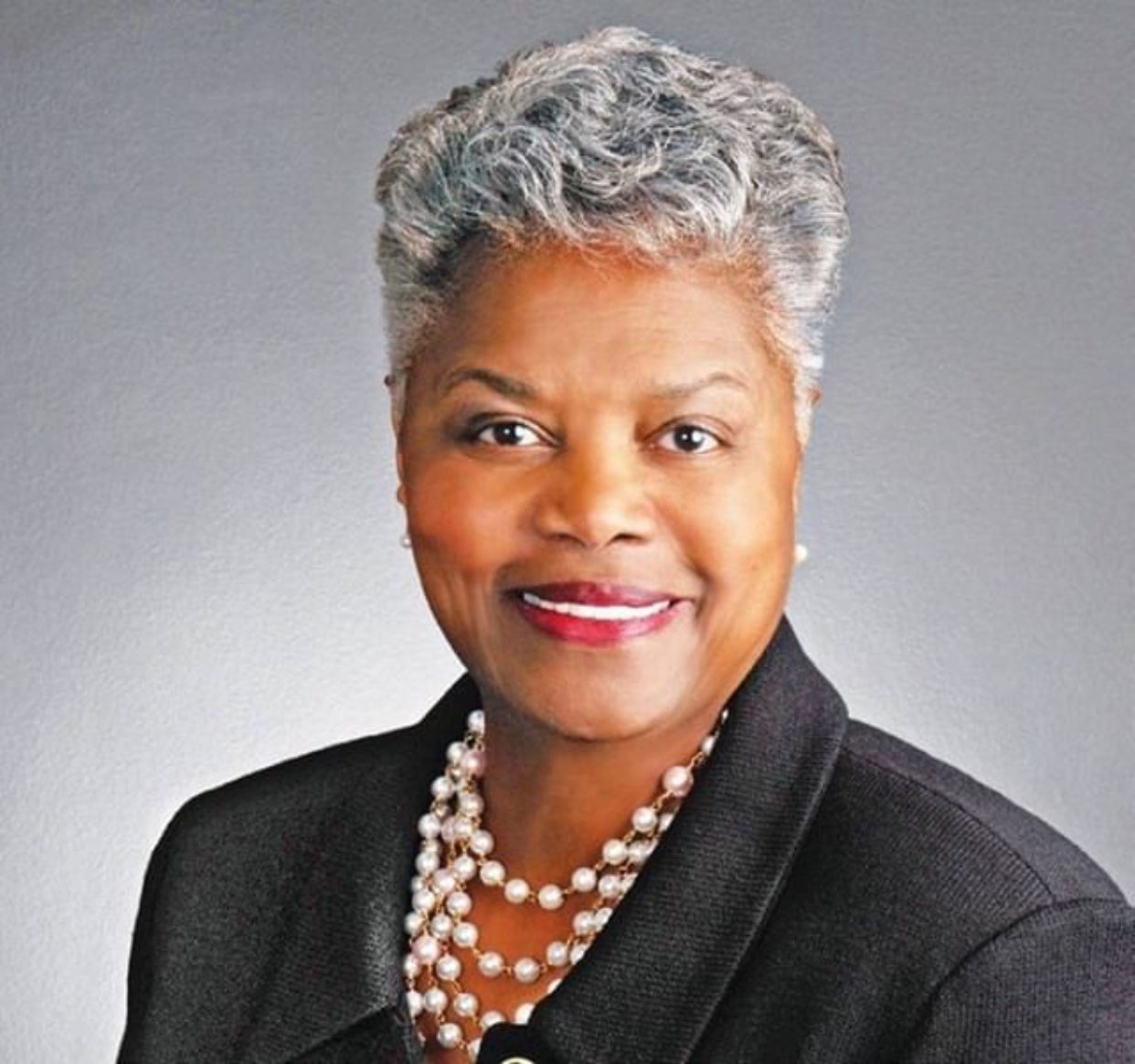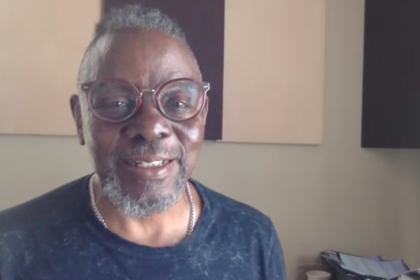
Images in music, film and television lead many to assume the worst about black American youngsters — especially when it comes to drugs — but the reality is, black teens are the least likely to use illegal drugs compared to their white, Hispanic and Native American peers. Only Asian teens have a lower incidence of illicit drug use than black youths.
The National Survey on Drug Use and Health reported that 39 percent of white teens and 37 percent of Hispanic teens between the ages of 12 and 17 admitted to using substances in the past year, compared to 32 percent of blacks and 24 percent of Asians. Native American youth topped the list at an alarming 48 percent.
Dan Blazer, a professor of psychiatry at Duke University Medical Center said the data revealing the lower rate of use among African American teens “surprised us the most … the public perception is that that’s not the case.”
Blazer’s candid admission shines a troubling light on the negative stereotypes many in society hold about black teens.
“There is certainly still a myth out there that black kids are more likely to have problems with drugs than white kids,” Blazer said. “This documents, as clearly as any study we’re aware of, that the rate of … substance-related disorders among African American youths is significantly lower.”
With the exception of marijuana, which 1 in 10 kids admitted to using last year, prescription painkillers like OxyContin and Vicodin surpassed inhalants as the drug of choice among the nation’s teens. Heroin is the drug most associated with addiction.
Though drug use and abuse among kids remains an issue we should be concerned about, overall, it looks like most kids are smart enough to leave drugs alone. That is something to celebrate, communicate and encourage. –kathleen cross















